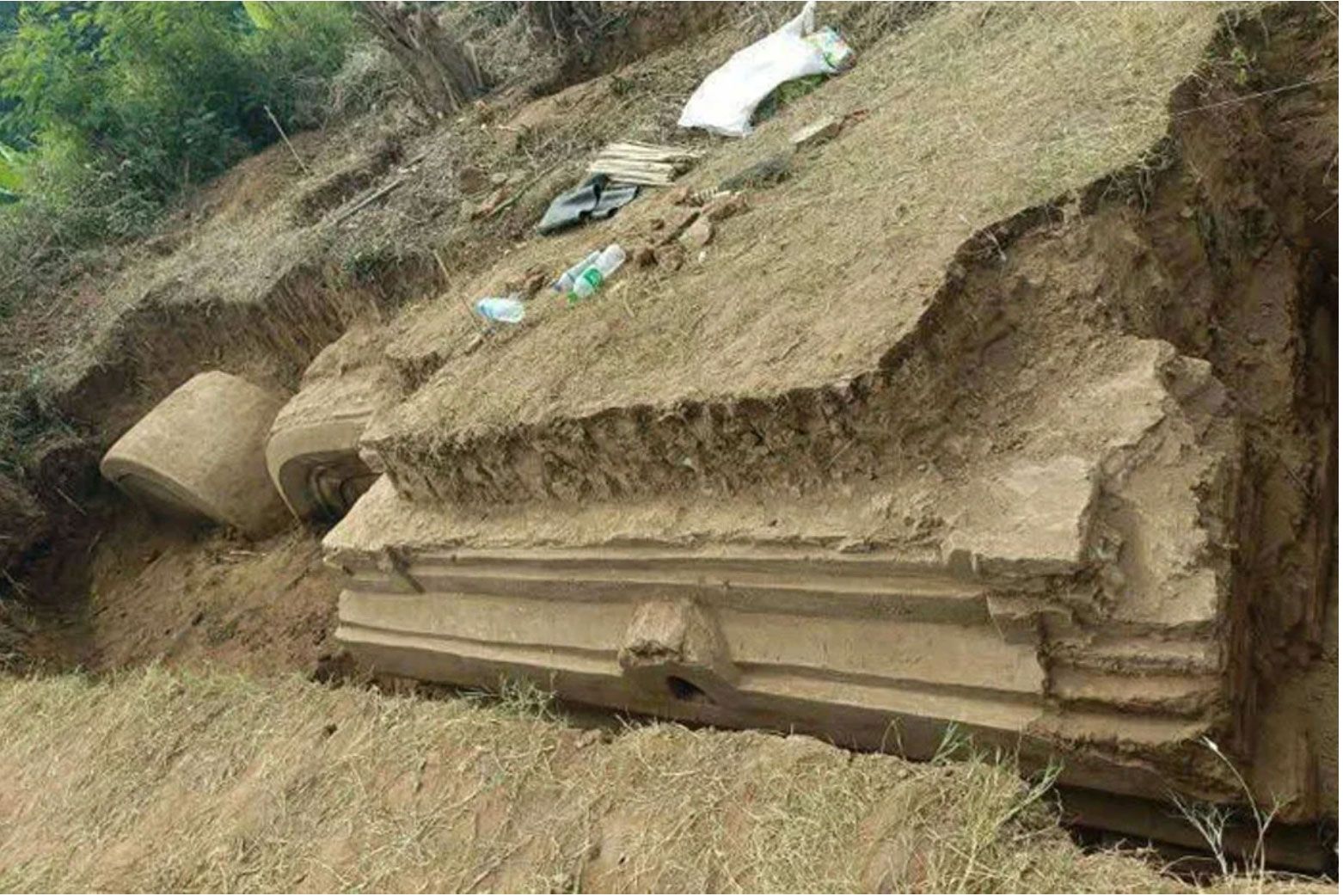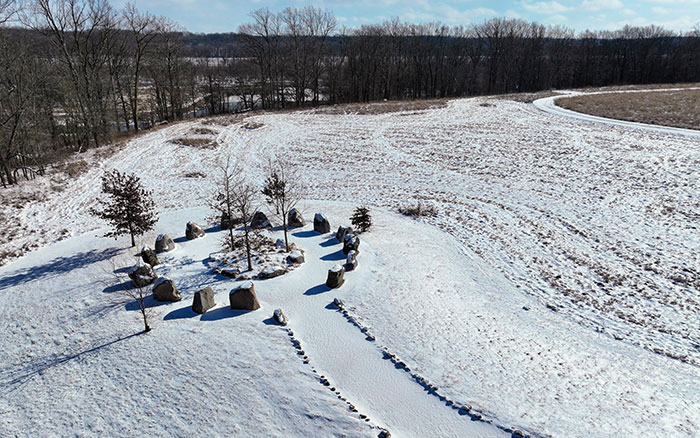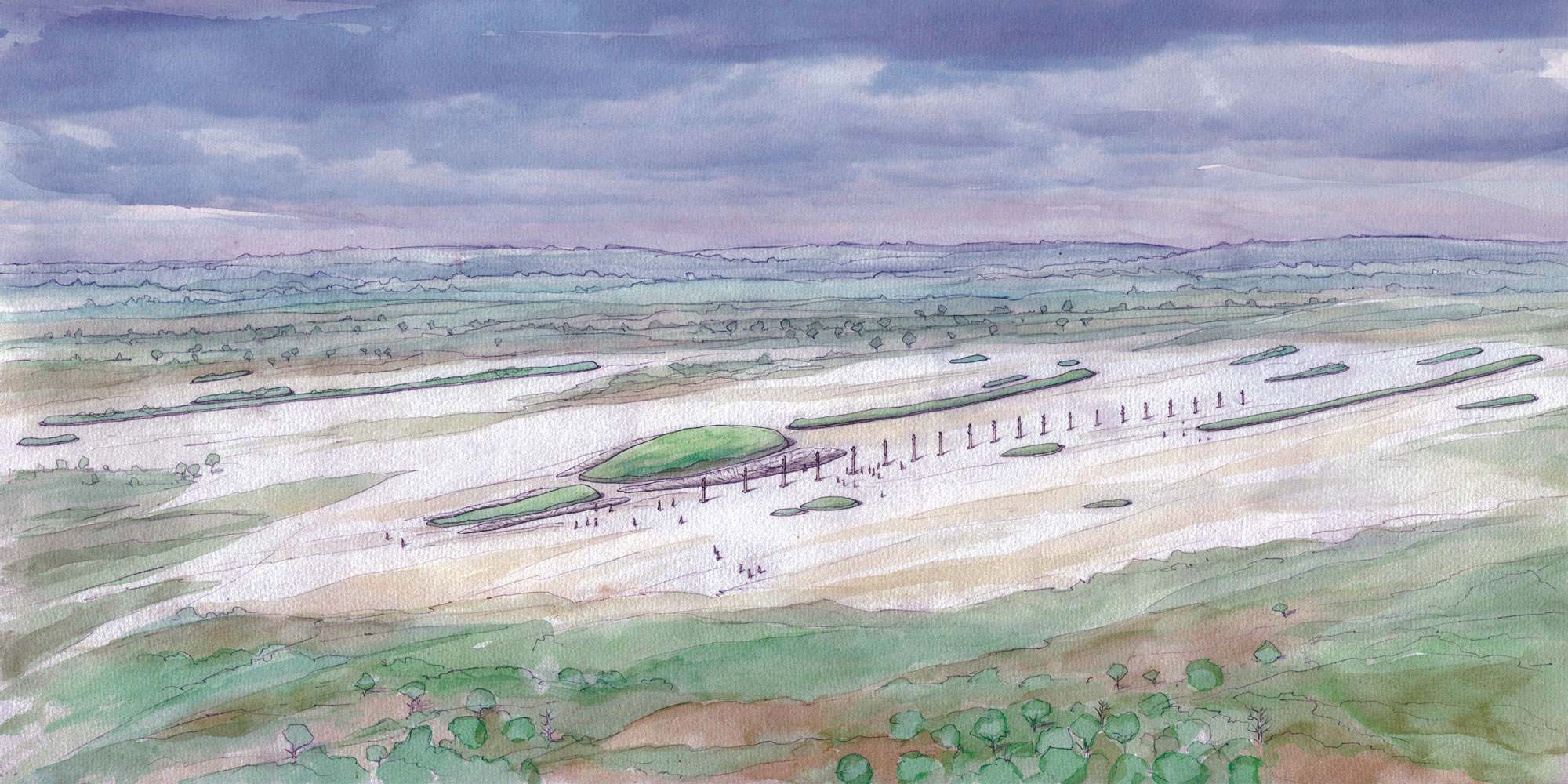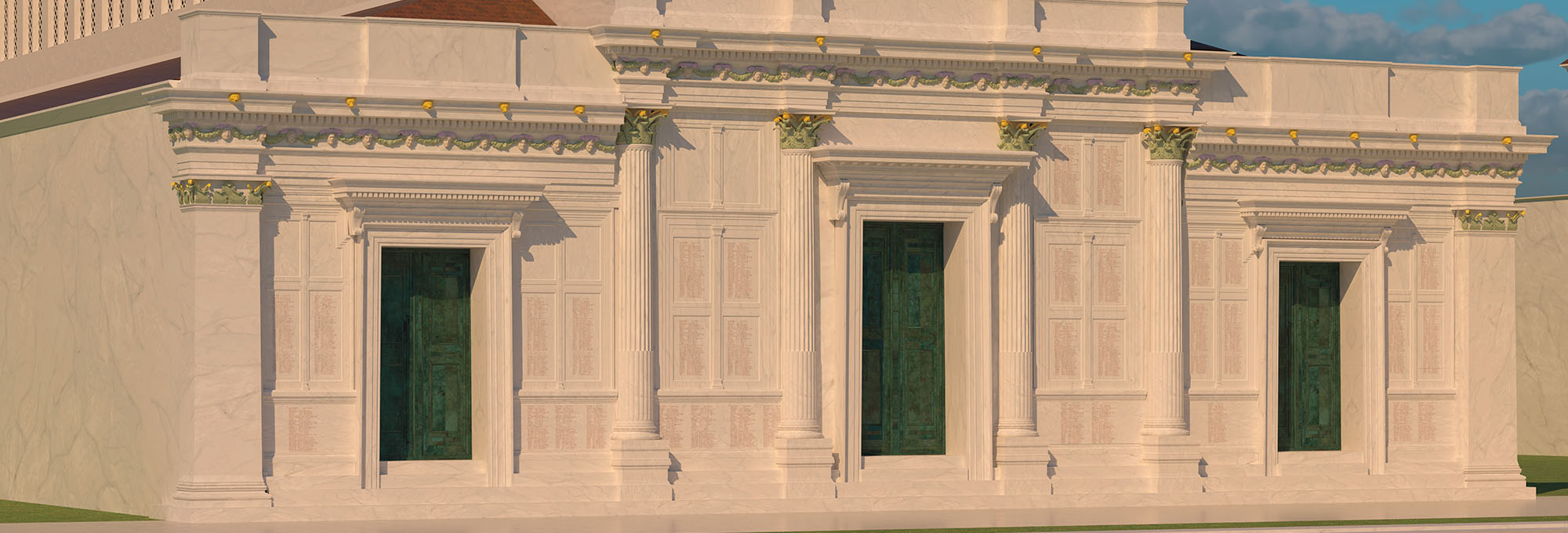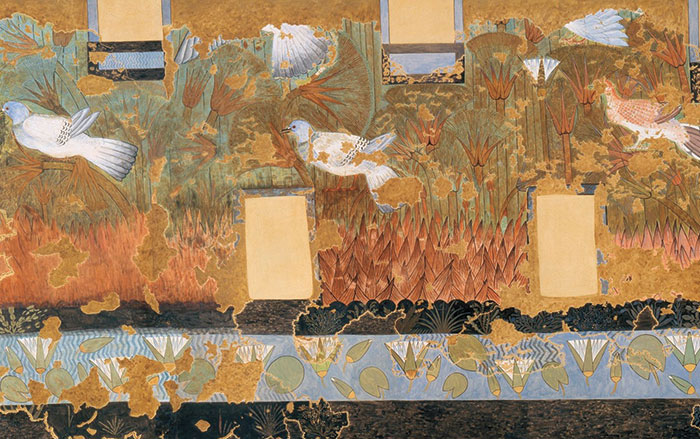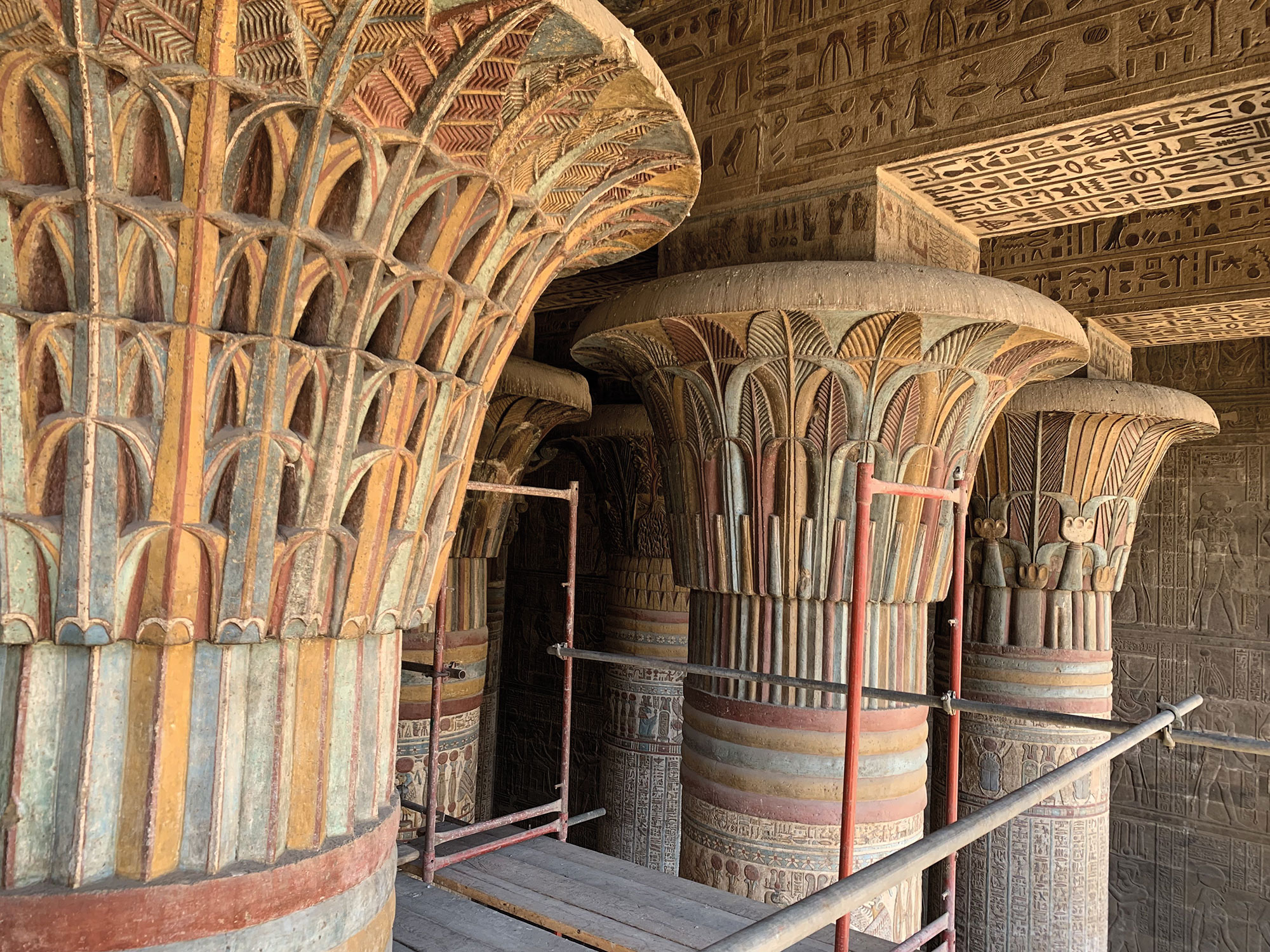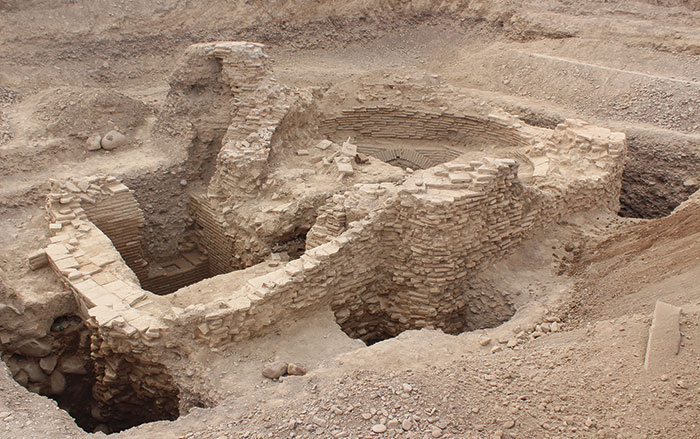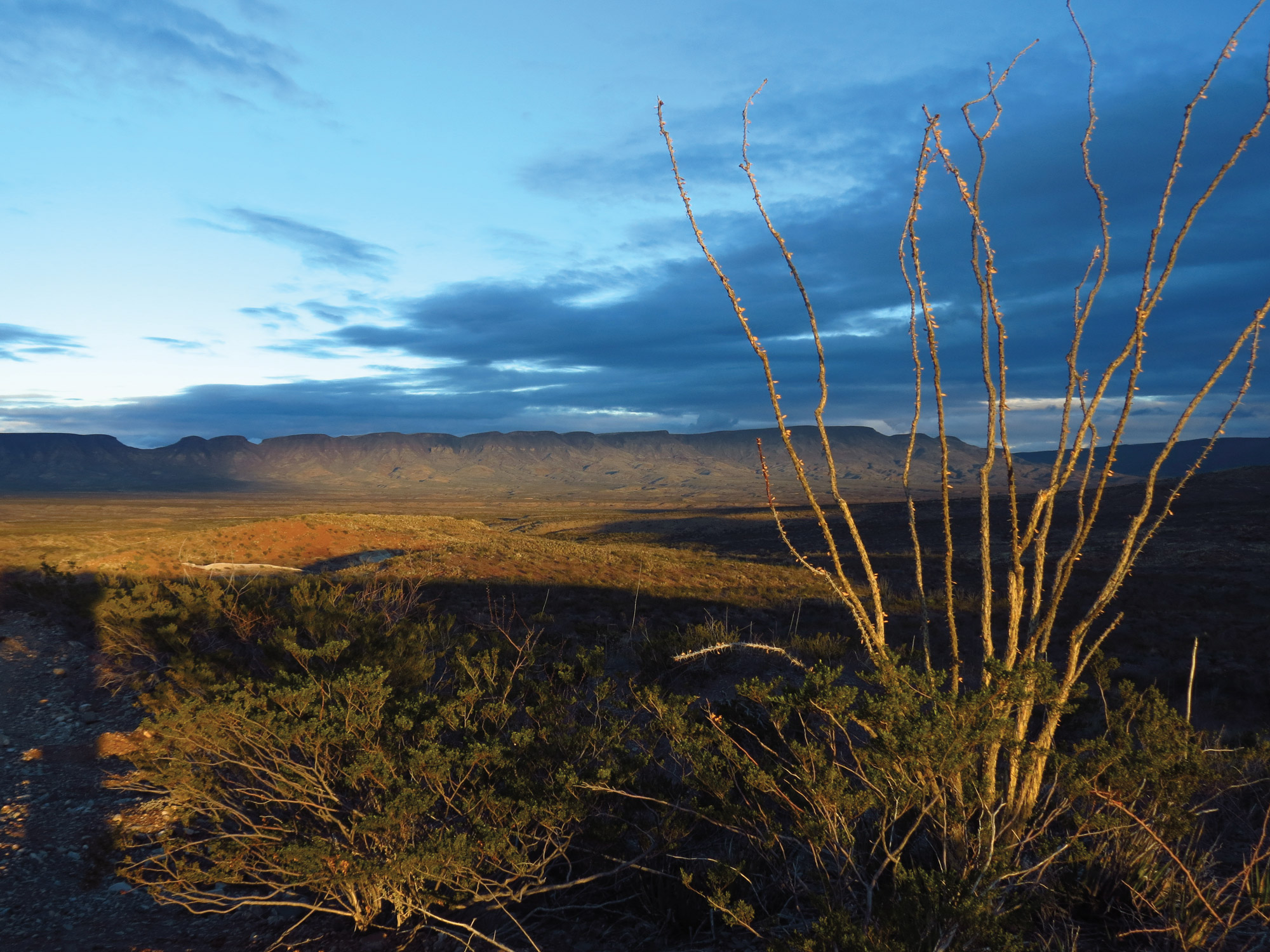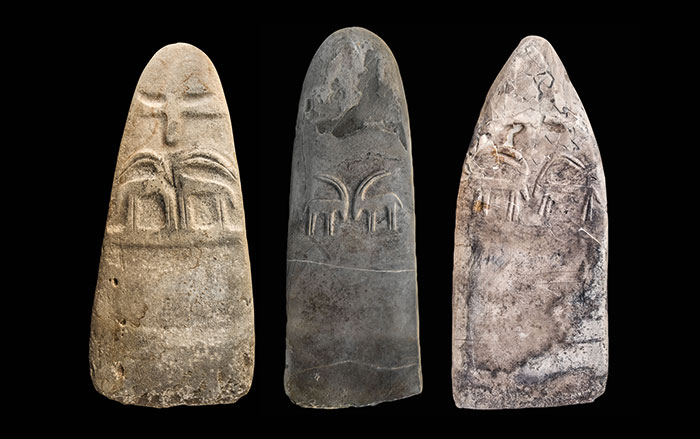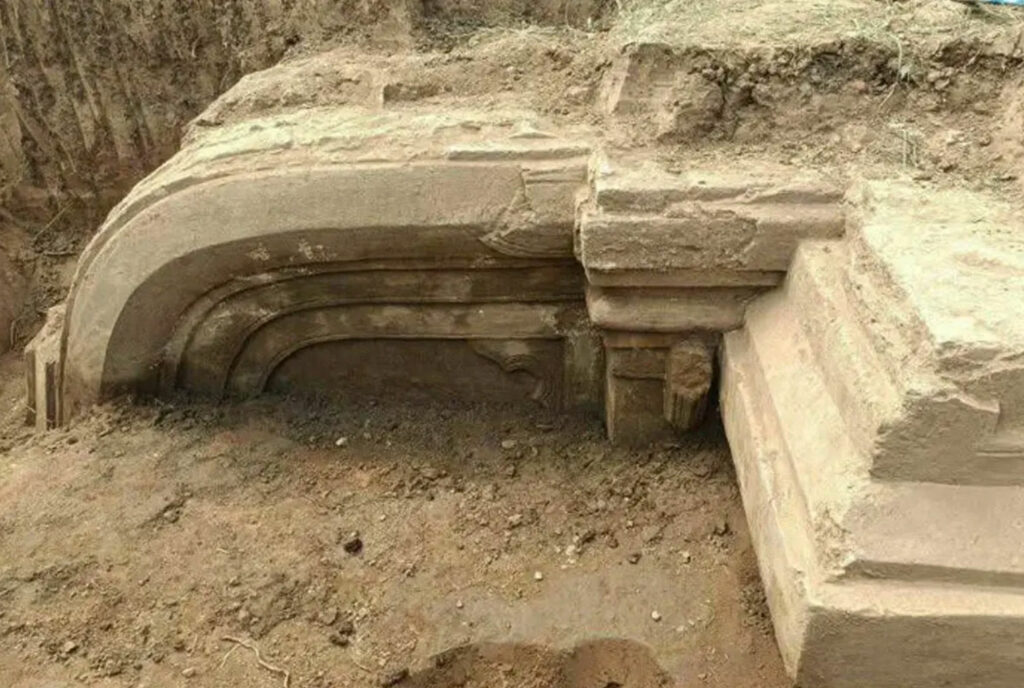
INWA, MYANMAR—ArtNews reports that a massive earthquake that struck parts of southeast Asia revealed the ruins of an ancient structure near the historic city of Inwa, formerly known as Ratnapura Ava, which served as the imperial capital from the fourteenth through nineteenth centuries. Traces of the archaeological site were first recognized in 2009 when parts of a staircase were identified, but the recent quake created a geological rift which exposed an entire building complex dating back to the Konbaung Dynasty or Third Burmese Empire (1752–1885). Archaeologists currently believe that it may have functioned as a water palace for royal ceremonies held by Burmese kings, although planned excavations will shed more light on its use and origins. The ruins reportedly include foundational structures, stairways, and traces of pavilions that match illustrations of royal water palaces recorded in ancient palm-leaf manuscripts known as the Pura-pike. To read about the water gardens built by India's Mughal emperors, go to "The Ancient Promise of Water: A Taste of Paradise."


